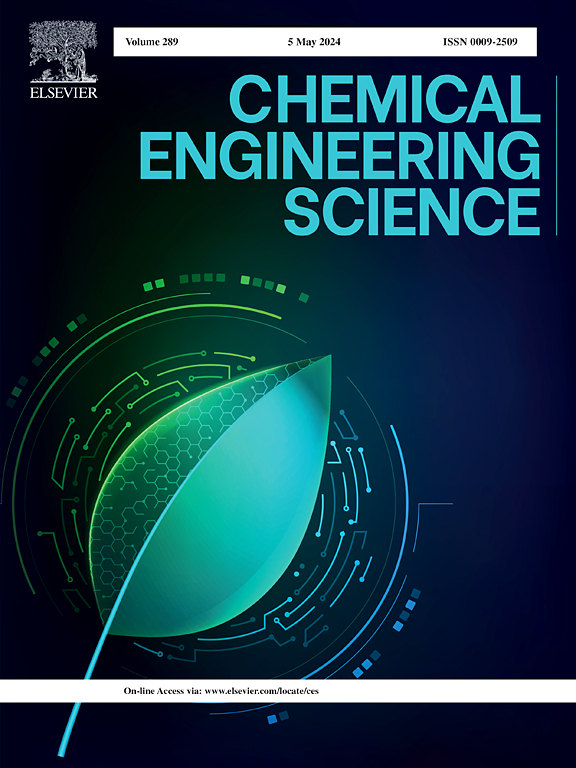细菌-藻共生移动床生物膜反应器对海水养殖废水的高效处理:好氧/缺氧时间的影响
IF 4.1
2区 工程技术
Q2 ENGINEERING, CHEMICAL
引用次数: 0
摘要
菌藻共生移动床生物膜反应器(BAS-MBBR)具有较好的脱氮除磷效果,但受好氧/缺氧时间的限制。因此,研究了好氧/缺氧时间对去除性能、酶活性和微生物结构的影响。结果表明,在不同的好氧/缺氧时间下,COD(86.15 %)、NH4+-N(86.11 %)和TP(87.95 %)的去除率均较高。最佳的好氧/缺氧持续时间为150 min/170 min,可获得最高的耗氧量、氮转化、磷吸收和酶活性。然而,较长的缺氧时间(90 min/230 min)增加了细胞外聚合物分泌、活性氧产生和乳酸脱氢酶释放,表明生物毒性升高。缺氧时间的延长促进了细菌群落中脱硝单胞菌和Muricauda的增殖,影响了氮的去除。藻群中叶绿体在短时间缺氧条件下大量繁殖。SAR显著增加,导致藻类群落结构和污染物去除效率发生变化。本文章由计算机程序翻译,如有差异,请以英文原文为准。

Efficient treatment of mariculture wastewater in a bacteria-algal symbiotic moving bed biofilm reactor: Impact of aerobic/anoxic duration
The bacteria-algal symbiotic moving bed biofilm reactor (BAS-MBBR) could remove nitrogen and phosphorus efficiently, but its performance was limited by the aerobic/anoxic duration. Therefore, the impact of aerobic/anoxic duration on removal performance, enzyme activity and microbial structure was studied. The results showed high removal efficiencies of COD (86.15 %), NH4+-N (86.11 %) and TP (87.95 %) under varying aerobic/anoxic durations. The optimal aerobic/anoxic duration of 150 min/170 min achieved the highest oxygen consumption, nitrogen transformation, phosphorus uptake, and enzymatic activity. However, a longer anoxic duration (90 min/230 min) increased extracellular polymer secretion, reactive oxygen species production, and lactate dehydrogenase release, indicating elevated biological toxicity. The increase in anoxic duration promoted the proliferation of Denitromonas and Muricauda in the bacterial community and affected the removal of nitrogen. Chloroplastida thrived under short anoxic durations in the algal community. SAR increased significantly, resulting in changes in algal community structure and pollutant removal efficiency.
求助全文
通过发布文献求助,成功后即可免费获取论文全文。
去求助
来源期刊

Chemical Engineering Science
工程技术-工程:化工
CiteScore
7.50
自引率
8.50%
发文量
1025
审稿时长
50 days
期刊介绍:
Chemical engineering enables the transformation of natural resources and energy into useful products for society. It draws on and applies natural sciences, mathematics and economics, and has developed fundamental engineering science that underpins the discipline.
Chemical Engineering Science (CES) has been publishing papers on the fundamentals of chemical engineering since 1951. CES is the platform where the most significant advances in the discipline have ever since been published. Chemical Engineering Science has accompanied and sustained chemical engineering through its development into the vibrant and broad scientific discipline it is today.
 求助内容:
求助内容: 应助结果提醒方式:
应助结果提醒方式:


